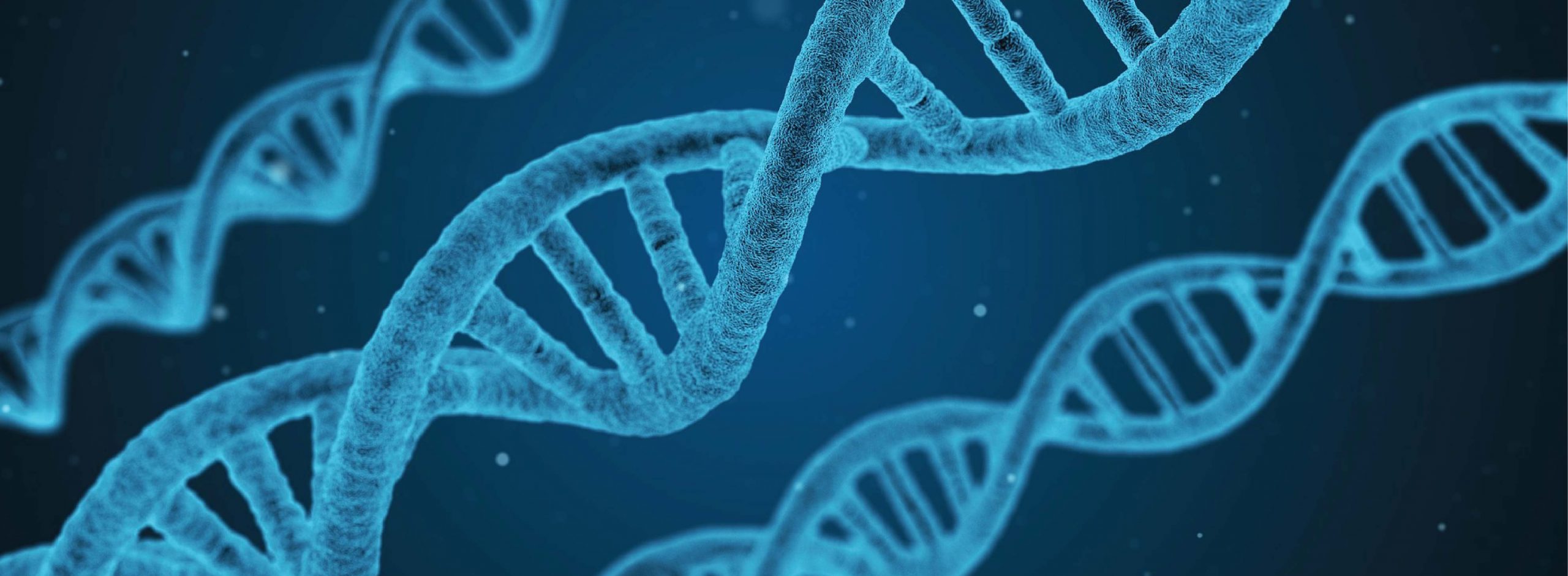Today, the medical world is rapidly changing, trying to meet the demands to solve the complications we face today in various fields of medicine. Here are some interesting inventions that we may anticipate in the upcoming year and hope that these can help us bring better health and safety to our lives.
By Sadman Bin Sazzad
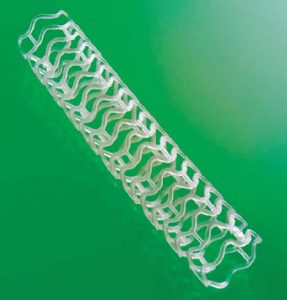
Bio Absorbable Stents
Every year many patients require metal stents to widen and unclog the coronary arteries (blood vessels that supply food and oxygen to heart muscles) to avoid threatening situations like heart attacks. Unfortunately, these stents remain with the vessels, opening up new possibilities for future troubles like blood clotting and difficulties faced during surgeries or scans. The bio absorbable stents are made of naturally dissolving materials that will cause the arteries to dilate for up to two years before being reabsorbed into our bodies hence reducing chances of future complication.
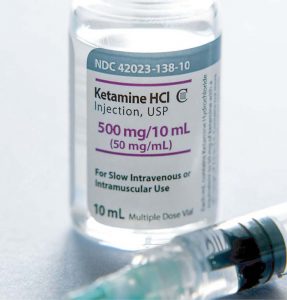 Ketamine to Rapidly Treat the Severely Depressed
Ketamine to Rapidly Treat the Severely Depressed
Sometime it is very difficult to treat some severely depressed individuals. They simply do not respond to any methods of treatment. In 2013, a drug called Ketamine was designed and used to target and stop the function of certain receptors in our nerve cells that are active in depressed patients. Results were overwhelmingly satisfactory and within 24 hours many patients reported feeling much better. Ketamine has the potential readily treat many patients who have unfortunately suffered from mood swings for a long time.
 Synthetic Blood
Synthetic Blood
Just like artificial limbs and ear infants, scientists have figured out a way to produce synthetic blood out of stem cells in our body. Stem cells are those cells that take part in reproducing and healing damages that occurs in our bodies whether the injury is large or small. Synthetic blood can help patients with rare blood types for blood transfusion purposes or in emergency situations where not enough blood is readily available to treat patients. It can also help to treat diseases such as sickle cell anemia.
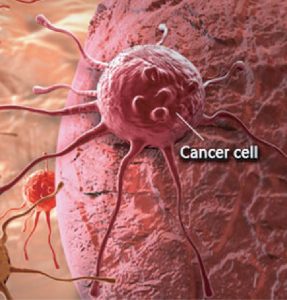 The Mini Pacemaker
The Mini Pacemaker
Currently, the pacemakers in use requires risky invasive procedures and the wires that are needed to connect to the heart can get infected overtime causing further damage. Pacemakers are used to allow the heart to have regular continued rhythm so that the heart functions normally as a little disturbance in this regularity may result in a fatal situation. The mini pacemakers are as effective as the current ones but does not require any form of surgery or wires to function. Hence there is no chance of wires getting infected.
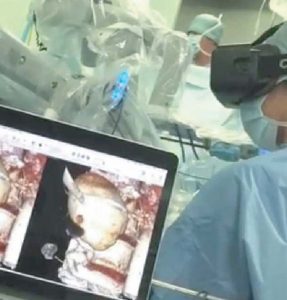 3D Visualization of Surgery
3D Visualization of Surgery
This technology will help surgeons work efficiently and accurately while standing upright instead of working in the traditional way of bending over for long periods of time which can be painful. It will also allow them to look around the site to be operated and make more accurate decisions. Furthermore it will help junior doctors see more clearly what the surgeon is doing and help to facilitate learning.
 New Immunotherapy to Treat Cancer
New Immunotherapy to Treat Cancer
This is a novel way and has the potential to replace chemotherapy and its painful side effects. The therapy includes selecting certain blood cells from our body that helps to fight against infections and genetically modifying these cells. These are then reintroduced into the body of the patient with tumor or cancer cells. The modified blood cells are capable of attacking and destroying the tumor cells. These therapies are effective especially for treating certain blood cancers.
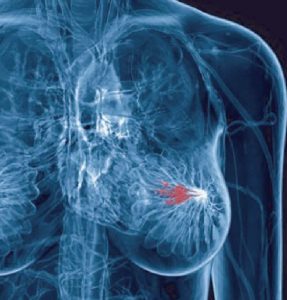 Method to Detect Cancer Earlier
Method to Detect Cancer Earlier
Blood samples taken from patients are tested to look for “cell-free circulating tumor DNA (ctDNA)”. This means these DNA are freely circulating in the blood after being free from the tumor cells. These cells are not numerous in the earlier stages of cancer unlike the ctDNA. Early detection of this DNA from the “liquid biopsies” (the blood sample taken) can help detect cancer and hence prompt successful treatment.
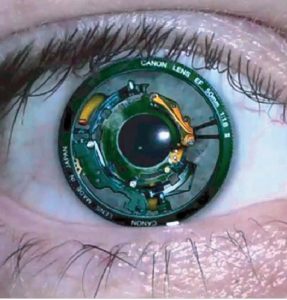 The Bionic Eye
The Bionic Eye
Unfortunately, some of us are victims to certain genetic diseases that causes us to lose our precious sight. The bionic eye is a recent technology that can help restore some vision to these unfortunate individuals. It consist of a microchip implanted into the retina. The patient wears a pair of glasses on which a camera is attached. The camera transmits radio signals to the microchip which then activates retinal cells to send messages to the brain. The brain is responsible for interpreting these signals and turning them into images.









